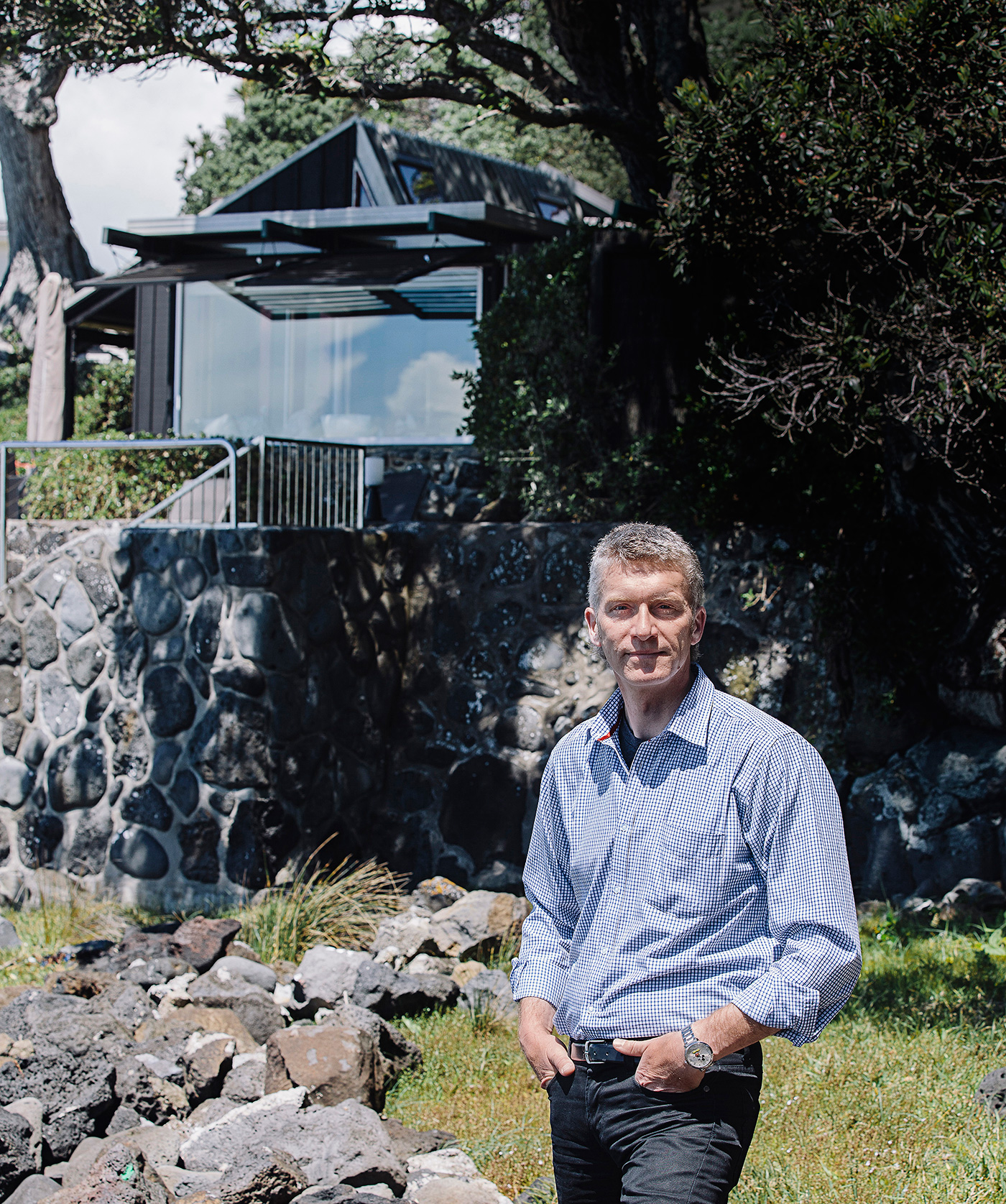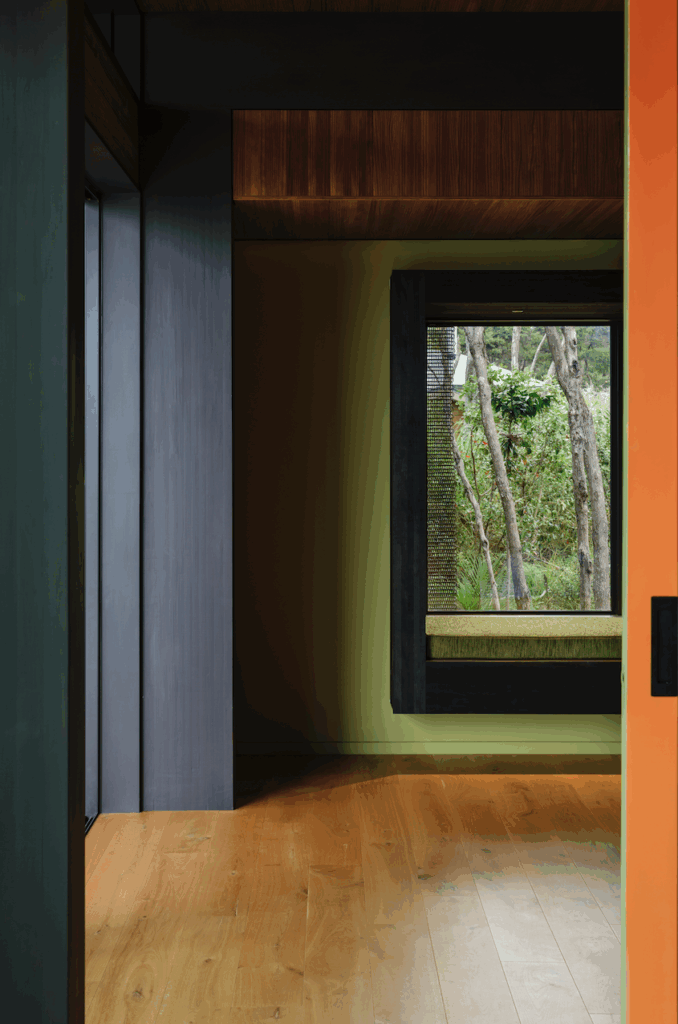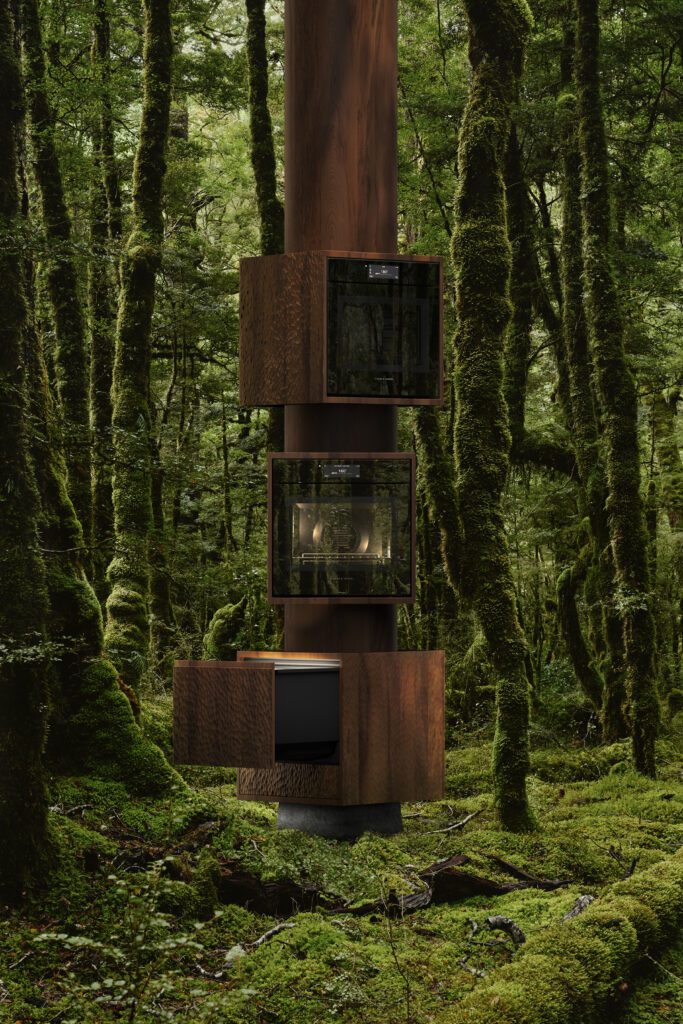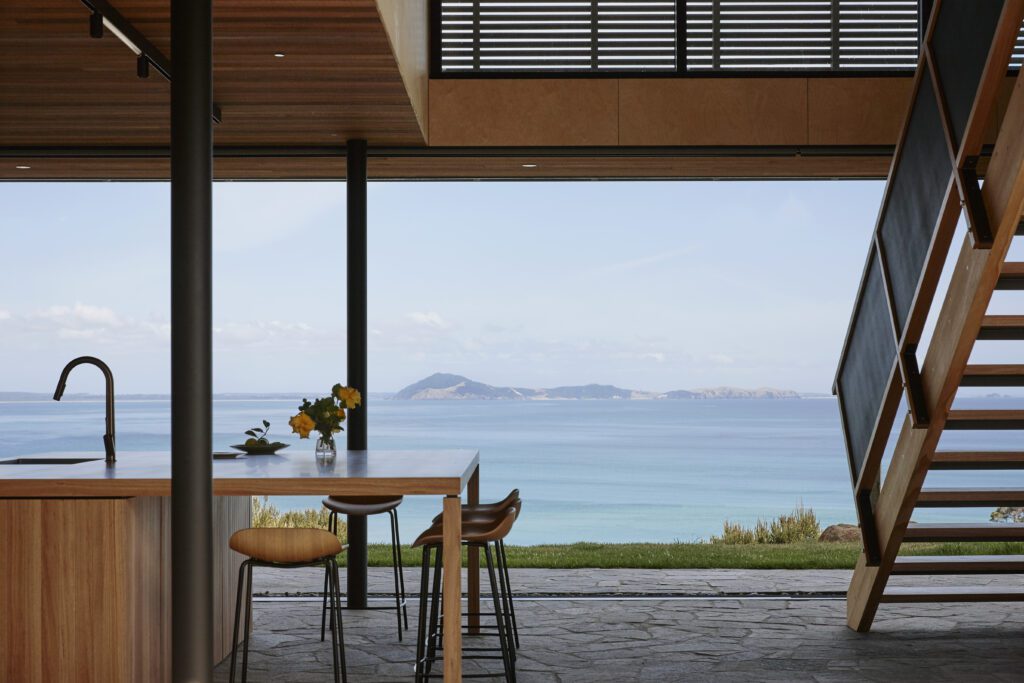
Mark Burke-Damaschke from Opus Architecture admires a low-key Auckland coastal icon.
“Along the densely populated shoreline between Auckland’s Milford and Takapuna beaches lies this discreet and understated gem of modernist architecture. It was designed by architect Mike Austin in the 1960s and it’s refreshing to see such a restrained solution to this wonderful coastal site – it’s a welcome contrast to some of the bulky, over-the-top responses of the neighbours. I love the careful use of locally sourced volcanic rock – stonemason Sven Hansen used rocks collected by the owners’ family. The deconstructed nature of the building remains in scale and responds to the pohutukawa trees and contour of the site. It’s great to walk along this coastline and chance upon such an important, yet modest, example of a New Zealand modernist beach home.”




